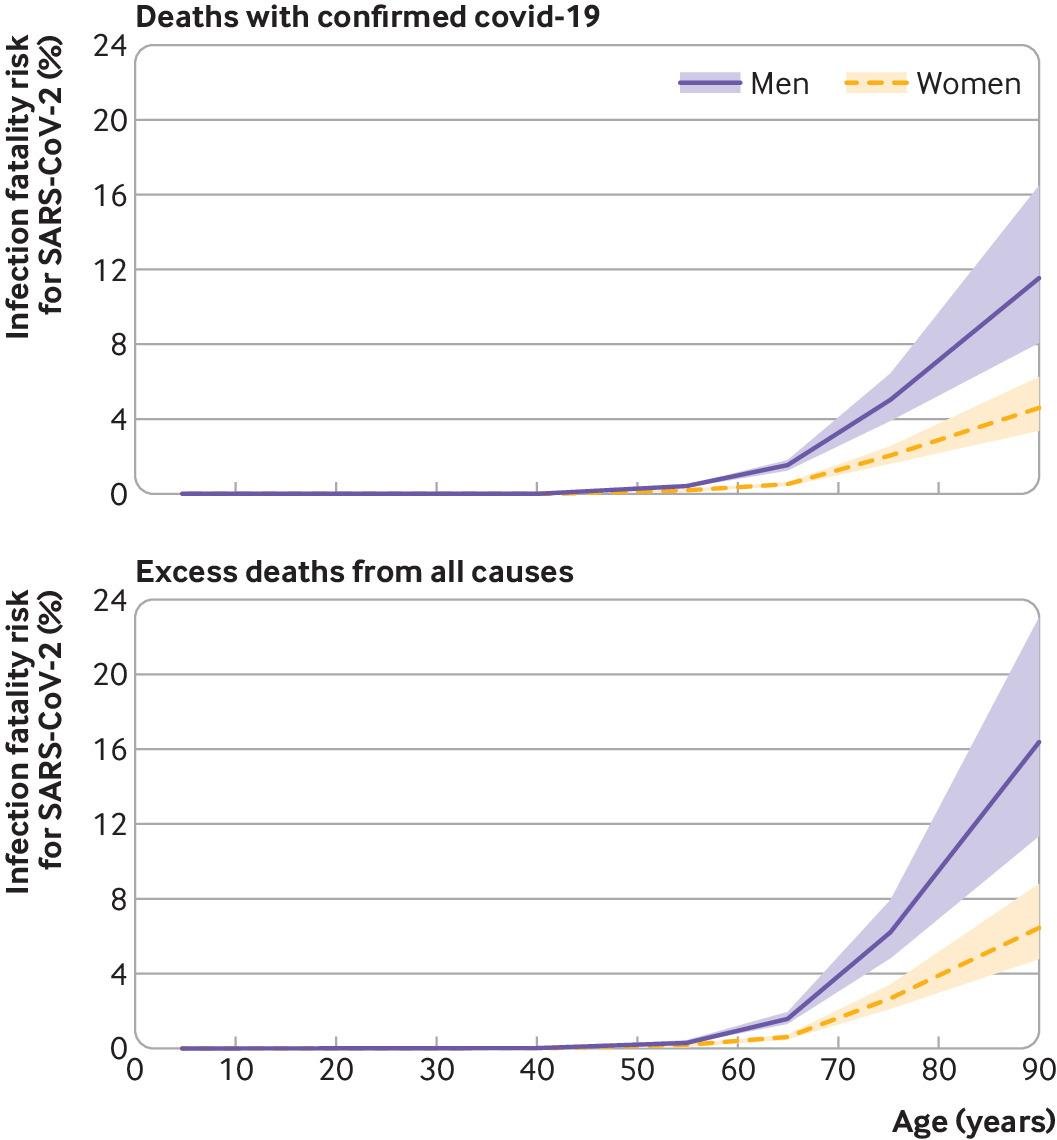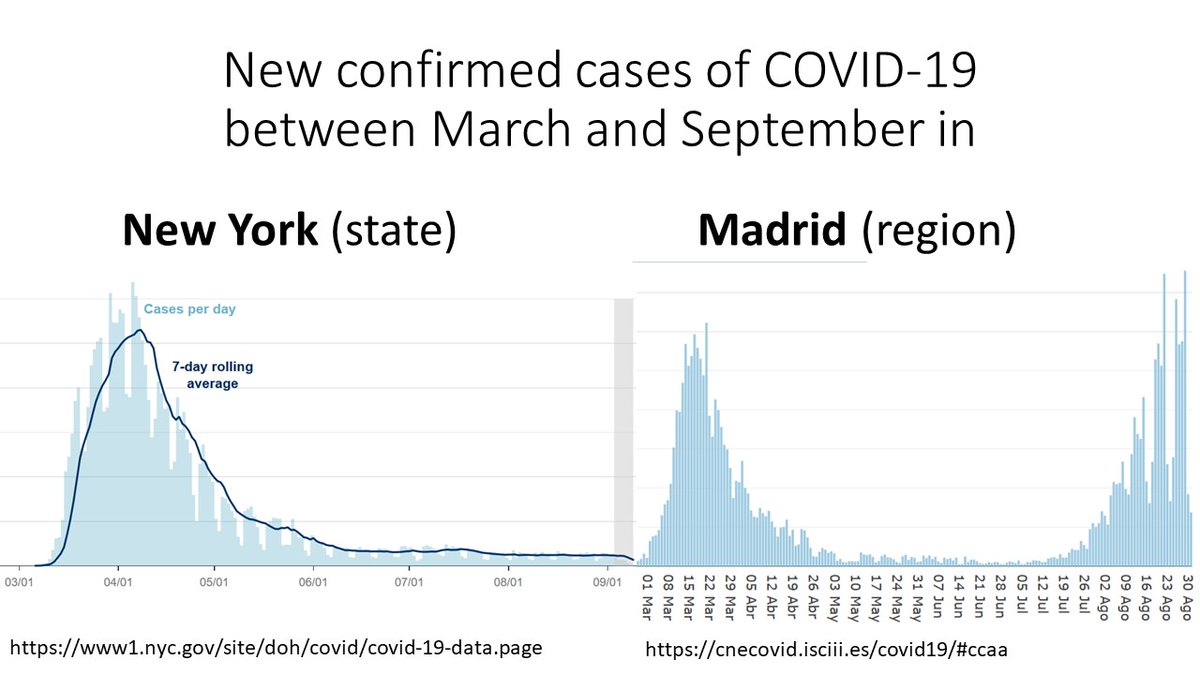
1/
We recently confirmed the effectiveness of the Pfizer-BioNTech vaccine outside of randomized trials @NEJM.
nejm.org/doi/full/10.10…
Studies like ours are being used to promote a vaccine passport to travel in the US, UK, and European Union.
A few clarifications are in order.
We recently confirmed the effectiveness of the Pfizer-BioNTech vaccine outside of randomized trials @NEJM.
nejm.org/doi/full/10.10…
Studies like ours are being used to promote a vaccine passport to travel in the US, UK, and European Union.
A few clarifications are in order.
2/
Before we start, a disclaimer:
Vaccine passports involve complex ethical, economic, and political considerations.
Here I talk exclusively about scientific issues. The goal is that those making decisions have a better understanding of what we do and do not know as of today.
Before we start, a disclaimer:
Vaccine passports involve complex ethical, economic, and political considerations.
Here I talk exclusively about scientific issues. The goal is that those making decisions have a better understanding of what we do and do not know as of today.
3/
Based on our study, we can say confidently that the vaccine is highly effective in preventing you from getting sick with #COVID19.
Based on our study, we can't say confidently that the vaccine is highly effective in preventing you from getting infected and infecting others.
Based on our study, we can say confidently that the vaccine is highly effective in preventing you from getting sick with #COVID19.
Based on our study, we can't say confidently that the vaccine is highly effective in preventing you from getting infected and infecting others.
4/
Why?
Because our study was designed to estimate vaccine effectiveness to prevent infections DOCUMENTED by the health system, not ALL infections.
Documented infections are predominantly symptomatic, so our study shows effectiveness to prevent symptomatic (and severe) disease.
Why?
Because our study was designed to estimate vaccine effectiveness to prevent infections DOCUMENTED by the health system, not ALL infections.
Documented infections are predominantly symptomatic, so our study shows effectiveness to prevent symptomatic (and severe) disease.
5/
Why did we choose DOCUMENTED infections rather than ALL infections?
Individuals with symptoms tend to seek diagnostic testing so their infections get documented. Therefore, our study is expected to include most symptomatic infections and essentially all severe infections.
Why did we choose DOCUMENTED infections rather than ALL infections?
Individuals with symptoms tend to seek diagnostic testing so their infections get documented. Therefore, our study is expected to include most symptomatic infections and essentially all severe infections.
6/
In contrast, many asymptomatic individuals and some with very mild symptoms never get detected by the health system.
Therefore, we couldn't investigate ALL infections because we didn't have a full sample of all infections. Not even a random sample.
Having said this...
In contrast, many asymptomatic individuals and some with very mild symptoms never get detected by the health system.
Therefore, we couldn't investigate ALL infections because we didn't have a full sample of all infections. Not even a random sample.
Having said this...
7/
... in a secondary analysis, we used our imperfect ascertainment of asymptomatic #COVID19.
Our estimates were consistent with high effectiveness to prevent asymptomatic infection but, given the data limitations, we'll have to wait for better studies.
nejm.org/doi/suppl/10.1…
... in a secondary analysis, we used our imperfect ascertainment of asymptomatic #COVID19.
Our estimates were consistent with high effectiveness to prevent asymptomatic infection but, given the data limitations, we'll have to wait for better studies.
nejm.org/doi/suppl/10.1…

8/
Of course it makes sense that vaccines help prevent infections, not only disease. If only because, by reducing the risk of symptomatic disease, vaccines shorten the time during which infected individuals can infect, as well as their viral loads.
But more evidence is needed.
Of course it makes sense that vaccines help prevent infections, not only disease. If only because, by reducing the risk of symptomatic disease, vaccines shorten the time during which infected individuals can infect, as well as their viral loads.
But more evidence is needed.
9/
Back to the vaccine passport. This is what science knows today:
Vaccines prevent most travelers from getting symptomatic #COVID19, but we still don't know how much vaccines protect others from being infected by travelers.
A lesser issue after vaccinating all willing adults.
Back to the vaccine passport. This is what science knows today:
Vaccines prevent most travelers from getting symptomatic #COVID19, but we still don't know how much vaccines protect others from being infected by travelers.
A lesser issue after vaccinating all willing adults.
• • •
Missing some Tweet in this thread? You can try to
force a refresh







